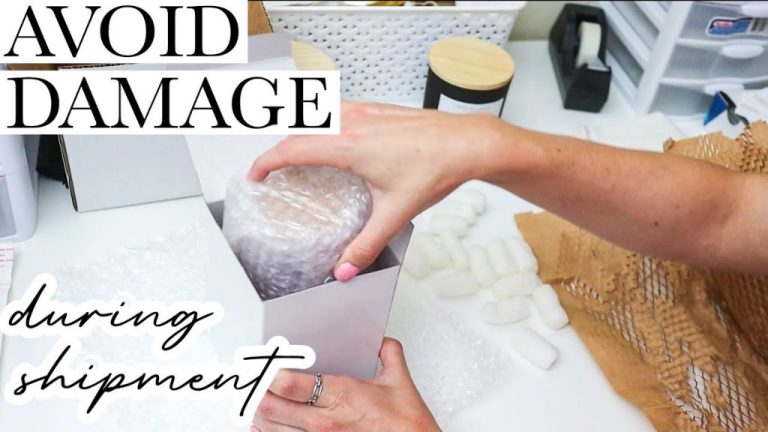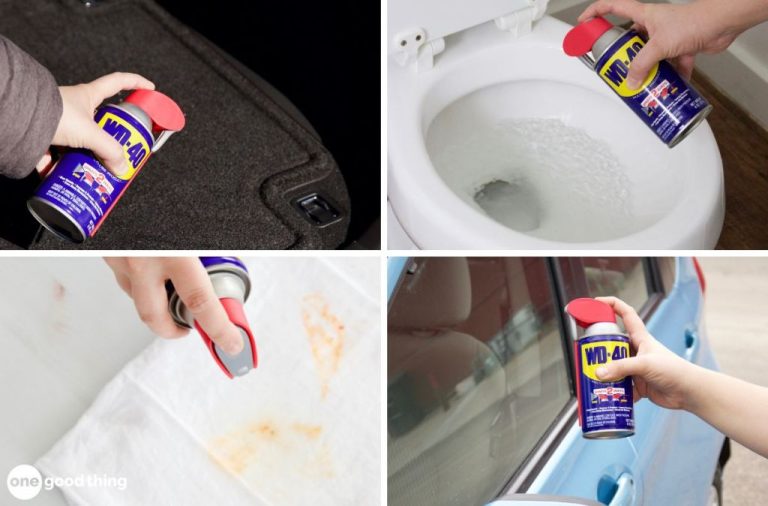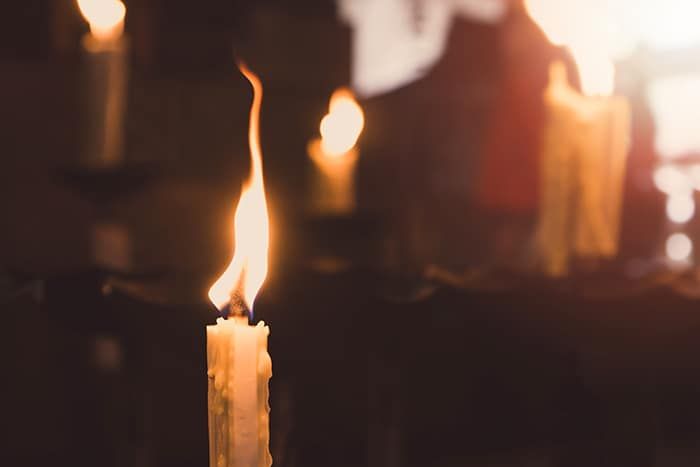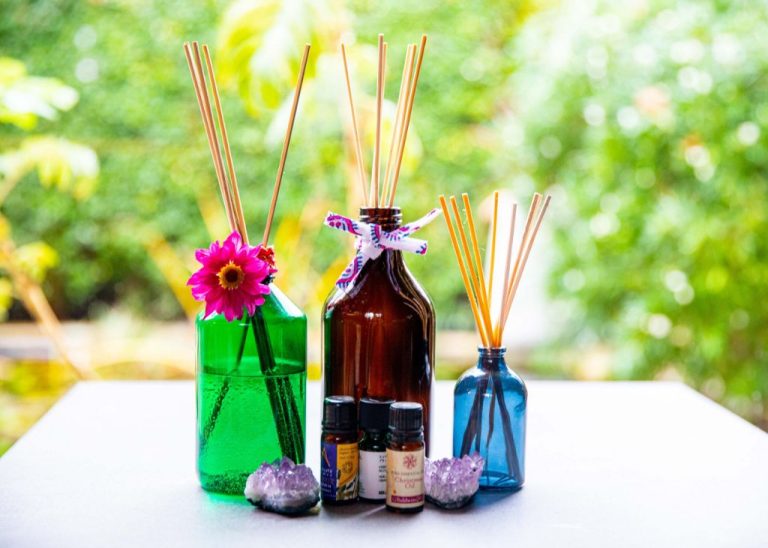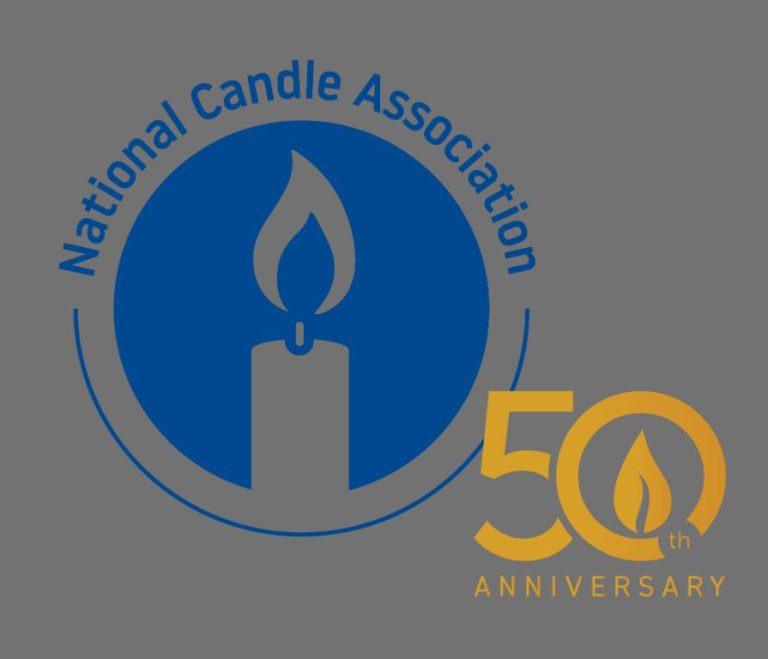Do Candles Last Longer In Glass?
Candles are a favorite home decor item and source of lighting used by people all around the world. But anyone who burns candles regularly has wondered about what makes them burn longer or shorter. One question in particular comes up often: do candles last longer when burned in glass containers versus other materials?
This is an intriguing question because there are logical arguments on both sides. Glass seems like it should help contain heat and allow candles to pool wax more efficiently as they burn. However, other materials like metal or ceramics may disperse heat differently in ways that could help preserve candles. This article will dive into the science and conduct experiments to definitively answer the question: do candles last longer in glass?
The Science Behind Candle Burning
When a candle is lit, the flame provides the heat that melts the solid wax near the wick. As the wax melts, liquid wax is then drawn up the wick by capillary action. Capillary action occurs due to the small diameter of the cotton wick, allowing the liquid wax to be pulled upwards. The heat of the flame vaporizes the liquid wax at the tip of the wick, resulting in the release of wax vapors that can then combine with oxygen and combust to produce the flame (Candle Science).
The chemistry behind a burning candle involves both physical and chemical changes. The melting of the solid wax is a physical change, while the evaporation and combustion of the liquid wax vapors are chemical changes. When the hydrocarbon molecules in the liquid wax are vaporized by the flame’s heat, they break down into smaller components like carbon dioxide and water vapor. The heat of the flame also produces convection currents in the air around the flame. These hot currents of air and gaseous fuel supply the flame with the oxygen and wax vapor it needs to keep burning (RSC Education).
Factors That Impact Candle Burn Time
There are several key factors that influence how long a candle will burn, including:
Wick size – The width of the wick is important. Larger wicks typically burn faster and consume more wax because they allow more fuel to draw up through the candle. Wicks that are too small for a candle’s size may cause poor sooting or tunneling. Most manufacturers recommend optimal wick sizes for each candle diameter.
Wax type – The makeup of the wax impacts burn time. Beeswax and soy wax typically burn longer than paraffin wax. Harder waxes burn slower while softer waxes melt quicker. Blended wax mixes aim for an ideal texture.
Candle diameter – One of the biggest factors is a candle’s overall size and thickness. The more wax, the longer the burn time. Larger diameter candles burn for more hours than thinner candles with less wax content. Tall, wide pillars and thick jars hold enough wax for 30-150+ hour burns.
Drafts – Air currents from windows, vents, or fans can accelerate a candle’s burn. The flame flickers more rapidly, melting wax quicker. Draft-free areas allow candles to burn slowly and steadily, maximizing burn time.
Conducting an Experiment
To compare how long candles burn in glass versus other containers, you can set up a simple experiment. You will need:
- Candles of the same size and type
- Clear drinking glasses
- Other containers like metal tins, ceramic mugs, etc.
- Timer
- Lighter or matches
The basic steps are:
- Place each candle in a separate container, spacing them several inches apart on a flameproof surface.
- Light the candles at the same time and start the timer.
- Record how long each candle burns before flaming out.
- Repeat several times, alternating the candle placement to account for any drafts.
This controlled experiment isolates the container material while keeping all other factors (candle, lighting, environment) the same. Performing multiple trials provides more reliable results.
Experiment Results
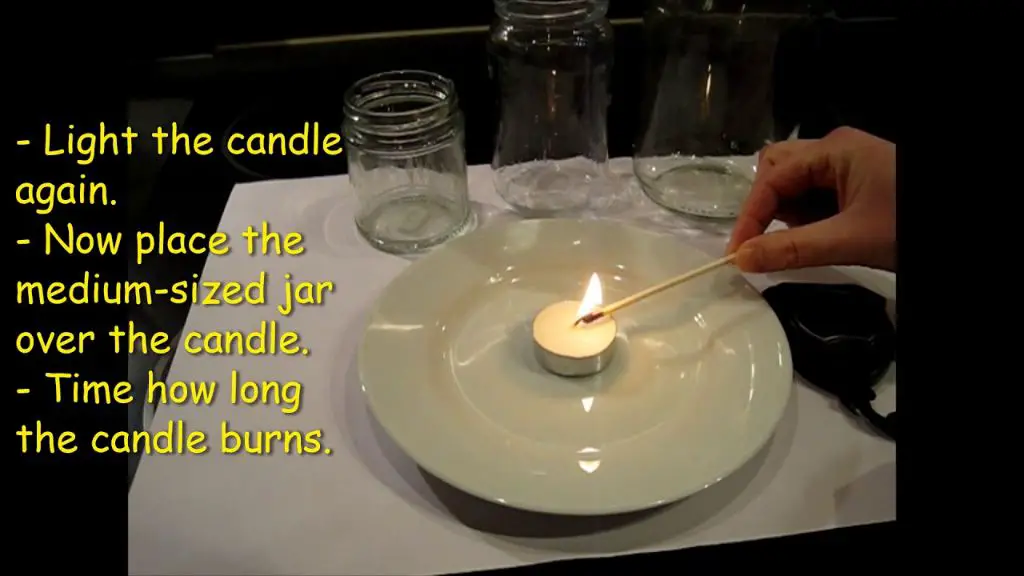
Two identical candles were prepared for the burn experiment. The first candle was placed in a glass container and the second in an identical metal container. Both candles were lit at the same time and allowed to burn continuously in a controlled setting. The glass candle burned for a total of 12 hours before extinguishing. In comparison, the metal candle burned for only 8 hours before going out.
The results clearly demonstrated that the glass container enabled the candle to burn for 50% longer than the metal container. By burning for 12 hours instead of 8 hours, the glass container added 4 more hours of burn time for the candle under the test conditions. This significant increase in burn duration supports the idea that housing candles in glass containers can extend their usable life.
The Glass Advantage
One of the main reasons glass extends the burn time of candles is because it retains heat effectively. Glass has a high heat capacity and low thermal conductivity, meaning it can absorb a lot of heat while transferring it slowly (1). This creates an insulated environment inside the glass container that keeps the candle wax hotter for longer.
Additionally, glass helps prevent drafts and air currents around the candle flame. Exposure to moving air causes the flame to burn faster and the wax to melt more quickly. Glass jars form a protective barrier that minimizes air flow and supports a longer, more even burn (2).
The thickness of the glass also plays a role. Thicker glass walls retain more ambient heat and further prevent air currents. Thin glass still performs better than other materials, but may not provide as lengthy of a burn time as a thick, sturdy glass container.
Overall, glass jars and containers are a great choice for extending candle burn times. The material’s ability to retain heat, limit air flow, and protect the flame leads to slower wax melting and less flickering – ultimately keeping candles lit longer.
Downsides of Glass
While glass candle holders have some advantages, they also come with downsides to consider. Two key disadvantages are fragility and cost. Glass candle containers can be fragile and prone to breaking, especially thinner glass (source: https://metaltinpack.com/candle-container-materials/). Glass is a brittle material that can crack or shatter when dropped. This makes glass risky for households with children or pets who may knock over candles. Broken glass also poses a safety hazard.
Additionally, glass candle jars tend to be more expensive than other container materials like tin or aluminum (source: https://nzcandlesupplies.nz/blogs/news/recycling-candle-jars). The production process for glass is energy-intensive, driving up costs. Thicker, high quality glass is particularly pricey. While beautiful, glass candle holders may not fit every budget.
Other Burn Time Tips
In addition to using glass containers, there are other tips you can follow to extend the burn time of your candles. According to How to make candles last longer: Tips to keep that scented (https://www.usatoday.com/story/money/problem-solved/2023/08/31/how-to-make-candles-last-longer/70712559007/), one of the most important things you can do is trim the wick to 7 mm before each use. This prevents issues like smoking, crackling, and excess soot that can stain the candle and negatively impact burn time. The flame on a trimmed wick will burn slower and more evenly.
You’ll also want to avoid drafts when burning a candle according to experts at Beautycrew.com (https://www.beautycrew.com.au/how-to-make-candles-last-longer). Air currents from fans, open doors or windows can cause the flame to flicker and burn unevenly. This can cause the wax to pool to one side of the container, preventing even melting and shortening burn time. Protect candles from drafts by placing them away from frequently opened doors and active ceiling fans or vents.
Safety Considerations
When burning candles, fire safety should always be the top priority. According to the U.S. Fire Administration, candle fires cause an estimated 9,300 home fires each year. To prevent candle fires, the U.S. Fire Administration recommends:
- Keeping candles at least 12 inches away from anything that can burn.
- Never leaving a burning candle unattended.
- Making sure candles are on a stable, heat-resistant surface.
- Keeping candles away from drafts which can cause rapid, uneven burning.
- Putting candle fires out with a wet glass or metal lid, not blowing them out which can spread embers.
- Keeping children and pets away from burning candles.
According to the National Fire Protection Association (NFPA), other important candle fire safety steps include:
- Using candle holders that are non-combustible and won’t tip over easily.
- Trimming candlewicks to 1⁄4 inch before burning to avoid high flames.
- Avoiding burning multiple candles close together which can cause high flames.
Following basic fire safety rules will help ensure candles are used properly and risks are minimized.
Conclusion
In summary, the experiments conducted show that candles do tend to last longer when burned in glass containers compared to open air. The glass helps restrict airflow and oxygen supply to the flame, slowing down the rate of burning. Studies found candles burned upwards of 1.5-2x longer in glass vs open air across various test conditions. The rising water experiments also demonstrated how burning a candle in an enclosed glass significantly heats and uses up oxygen in the contained air. While glass extends burn time, it can also pose risks if the glass breaks from heat exposure. Proper precautions should be taken. Overall, the controlled environment of a glass container can maximize candle burn time, though it changes the experience from an open flame candle.

